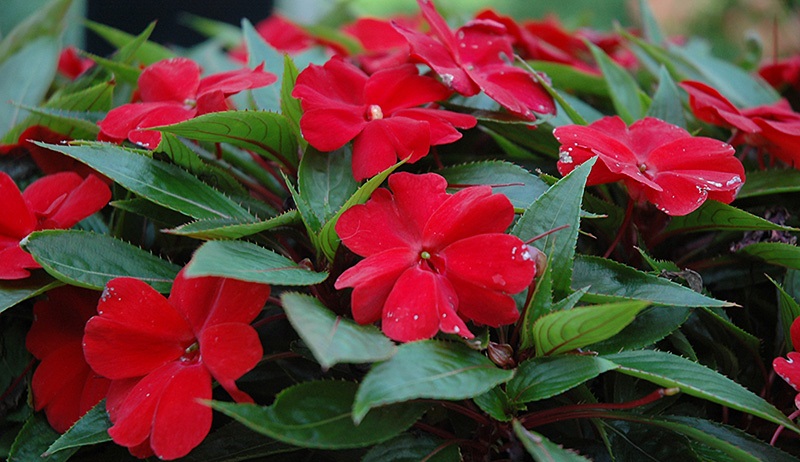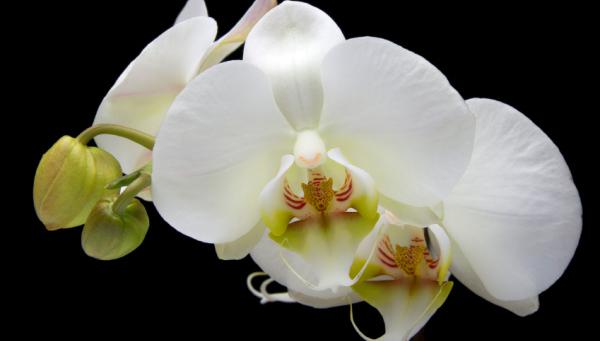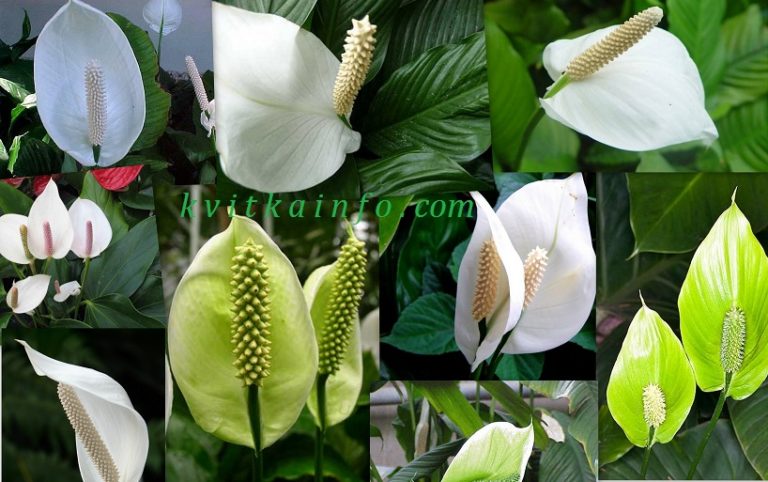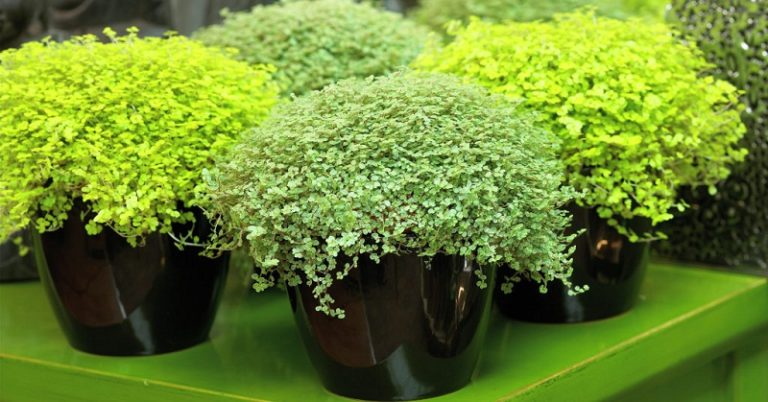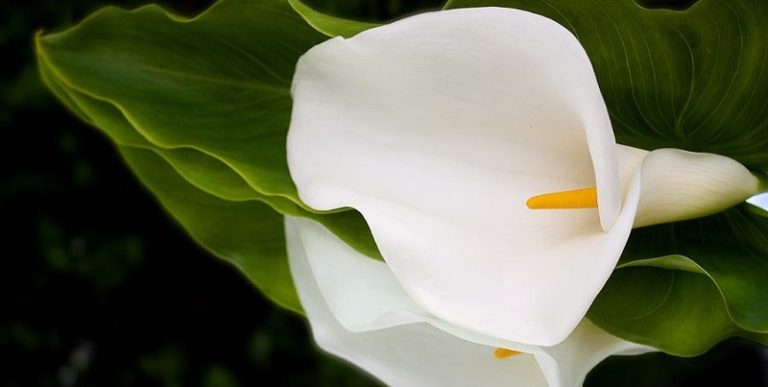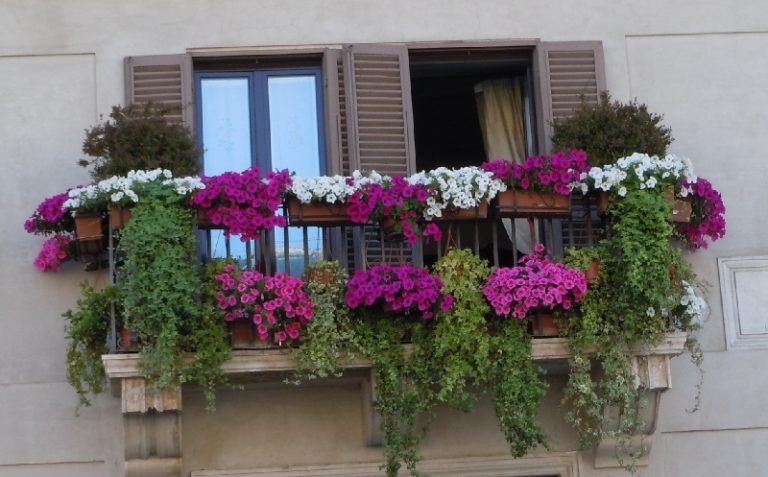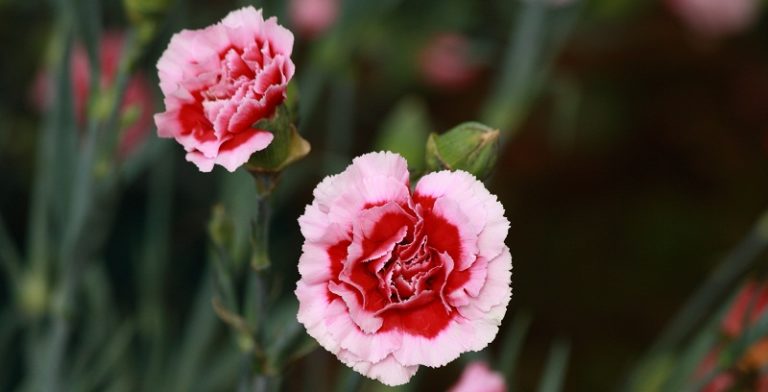Balsam: care
Balsam (Impatiens) is a perennial and annual plant belonging to the balsam family. In its natural environment, balsam can be found in tropical and subtropical forests of Asia and Africa. Balsams are unpretentious plants, easy to care for, they grow quickly, bloom profusely and for a long time, and reproduce easily.
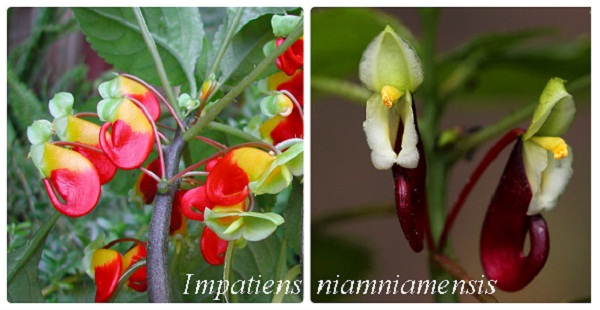
Balsams are grown both indoor plants and open ground plants. In the spring, balsams are planted in a flower garden, and in the fall they are dug up and brought into the house. There are perennial and annual types of balsams. Annual balsams are very good for growing outdoors and on balconies. Today, you can buy balsam seeds. They can have flowers of different colors, plain and variegated, simple and double. Balsam has many popular names: shy, spark, everflower.
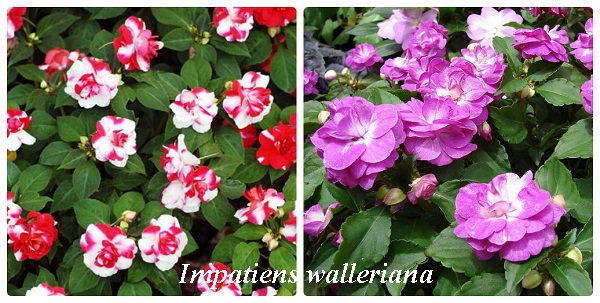
Balsams bloom very beautifully, with proper care – all year round. Most often pink or red, but there are also varieties that have flowers of yellow, orange, white, two-tone, double with a contrasting center. The leaves of balsams can be of different shades of green, green-brown, reddish-green or variegated. The stems of balsams are juicy, branched, 15 to 50 cm high, depending on the soil. After flowering, green fruits appear in balsam, which, after ripening, form a dry box with seeds. Even from a light touch, it “explodes” and scatters seeds.
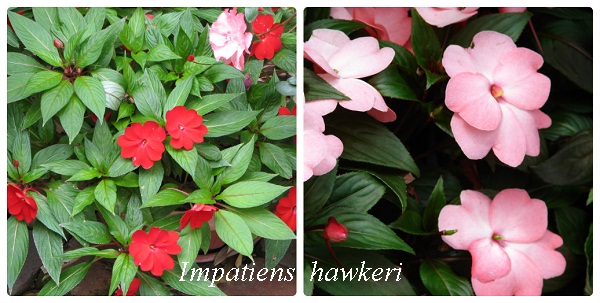
Types of balsams
Long-term work of breeders has made it possible to breed many hybrids and varieties of balsams, differing in height, color, flower size, leaf color.
The main types of balsams:
- Balsam Hawker (Impatiens Hawkeri) was the basis for New Guinean balsam hybrids (Impatiens New Guinea). The leaves are elongated, large, blooms all year round. These hybrids grow well in the sun.
- Waller’s balsam (Impatiens walleriana) was the basis for a huge number of modern hybrids. This species blooms profusely, with reddish-brown leaves and succulent stems.
- Niamey balsam (Impatiens niamniamensis) – this species has very beautiful, but unusual for balsam red, yellow or two-tone flowers.
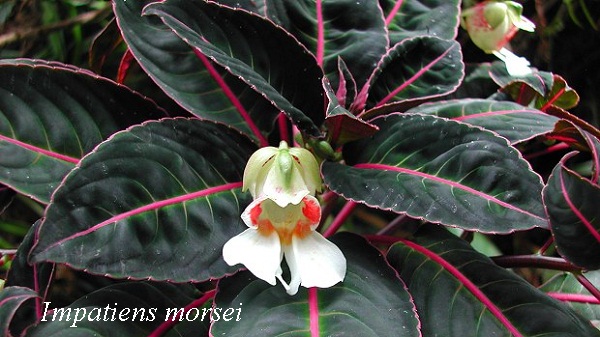
How to care for balsam
Caring for indoor balsam is not difficult, it is advised to grow it for beginners in gardening.
Light brightness for balsam
Balsam is unpretentious to lighting: it can grow both on a windowsill and in a shaded corner, but for constant, abundant flowering, it needs bright light for several hours a day. On the south side of the windowsill on hot summer days, it is better not to keep it or shade it from the scorching rays of the sun. The east and west windows are well suited. In summer, it grows well on the balcony and in the open field.
In the open field, balsams will grow well where there is light partial shade, many varieties are recommended to be planted in shady places. New Guinean hybrids tolerate the sun well.

Air temperature for balsams
Indoor balsams are non-capricious and any room temperature is suitable for them, but in winter not lower than + 12 ° C.
Watering and humidity for balsam
Balsam is a moisture-loving plant. It has juicy, moisture-filled stems. With insufficient watering, the flower will not disappear, but will lose its elasticity and may shed its leaves. In summer, watering should be plentiful, the earthen coma should always be moist, in winter, watering is reduced, preventing the earthen coma from drying out. Stagnant water in the pan is harmful and can lead to rotting of roots and stems.
Low humidity (normal room humidity) is suitable for balsam, but with dry humidity, the flowers will begin to fall off, so spray it. When spraying, try not to get water on the flowers.
Balsam fertilizers
In the spring-autumn period, you need to feed the balsam every 14 days with a complex mineral fertilizer for flowering plants. In winter, it is enough to feed 1 time in 30 days.

Balsam pruning
In order for the balsam to be lush, it must be cut or pinched (pinch off the growth point) in the spring, that is, cut off the upper part of the stems. The cut stems can be used for propagation.
Soil and balsam transplantation
Balsams are unpretentious to the soil. They can grow in almost any soil, for the most part, the soil should consist of sod land, humus and sand . Balsam is transplanted (by transshipment) every year in the spring. The pot should be 1.5 cm wider than the previous one. Balsam blooms well in a cramped pot, in a large pot the flowering process will be delayed.
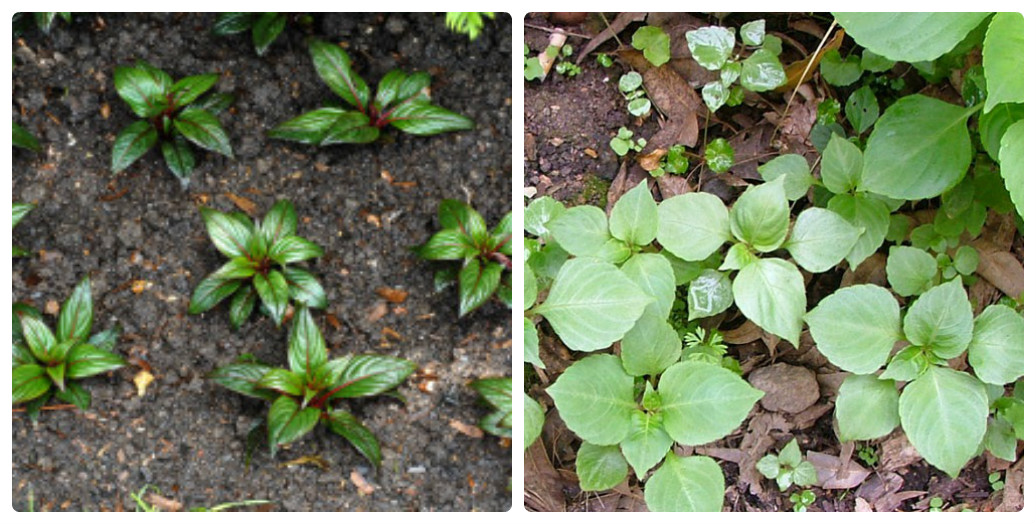
Balsam propagation
Balsams are propagated very easily: by cuttings and seeds.
Cuttings take root very quickly (within 14 days), they are carefully transplanted into small pots and after 2 months young plants can bloom.

Pests and diseases
Balsam is rarely attacked by pests, but can be affected by spider mites, whiteflies and aphids.
Diseases appear with improper care.
Excess moisture contributes to the development of gray rot, and powdery mildew may appear with sudden changes in temperature.
The lower leaves fall off – pest attack, irregular watering, hypothermia.
Leaves wither– insufficient watering, root rot, pest attack. If the roots begin to rot, you can try to save the plant by pruning and rooting the cuttings.
Few flowers – not enough light or nutrients, too cold, the pot is too big.
Flowers and buds fall off – too dry air or an earthen clod has dried up.
Brown spots on the leaves – sunburn.

